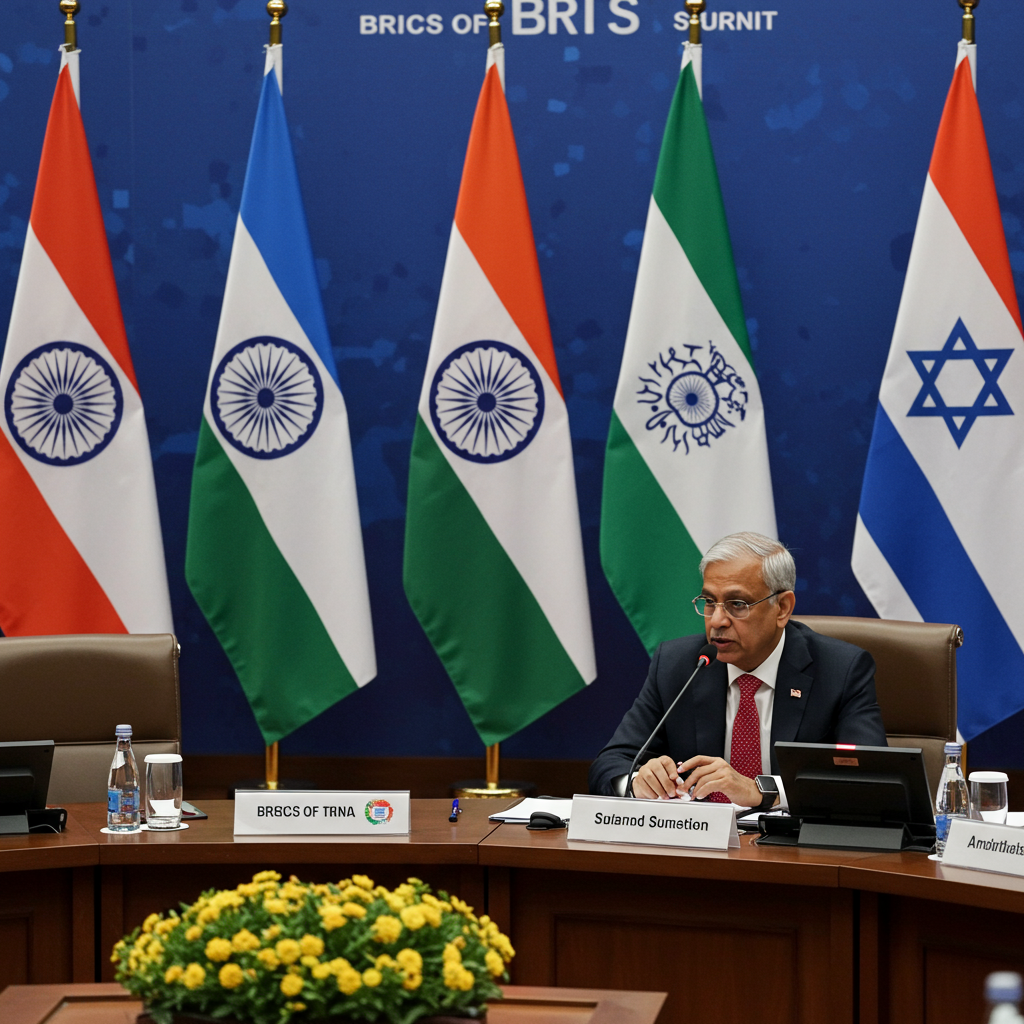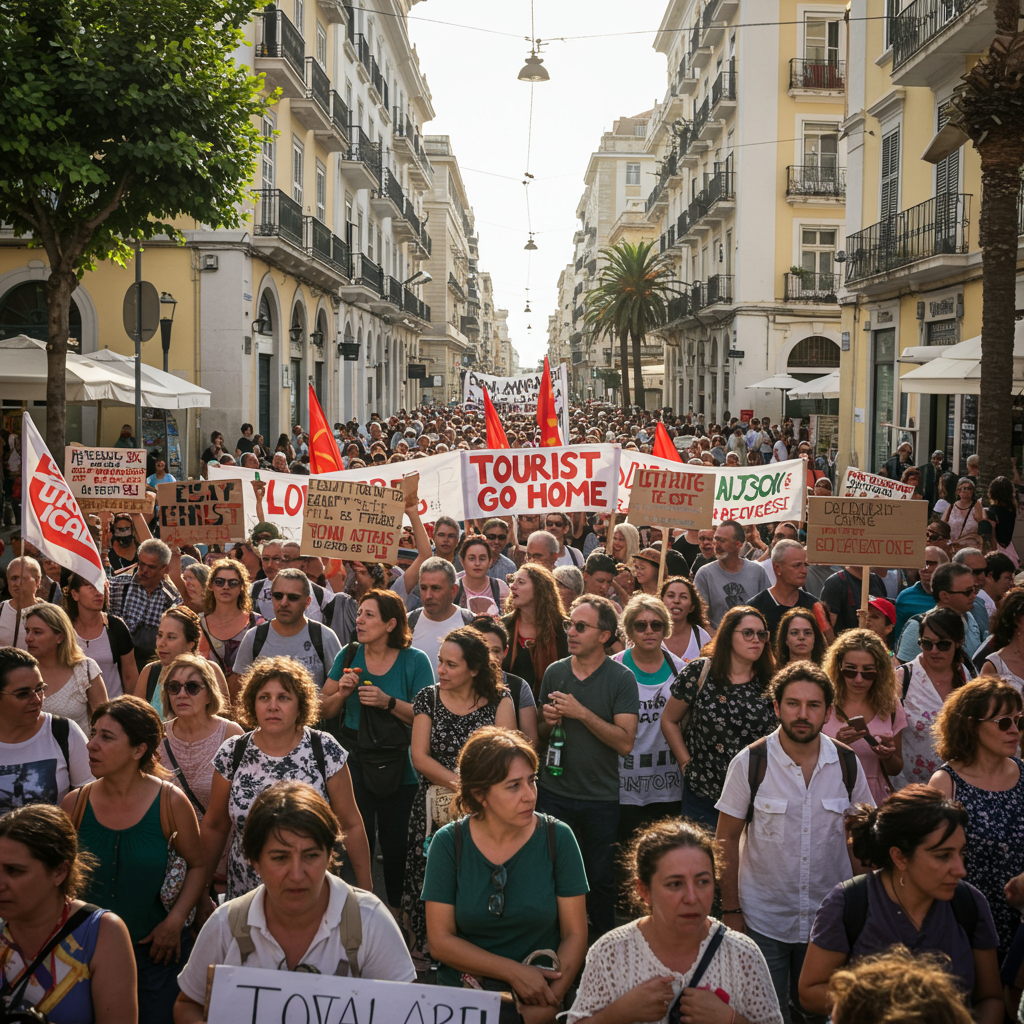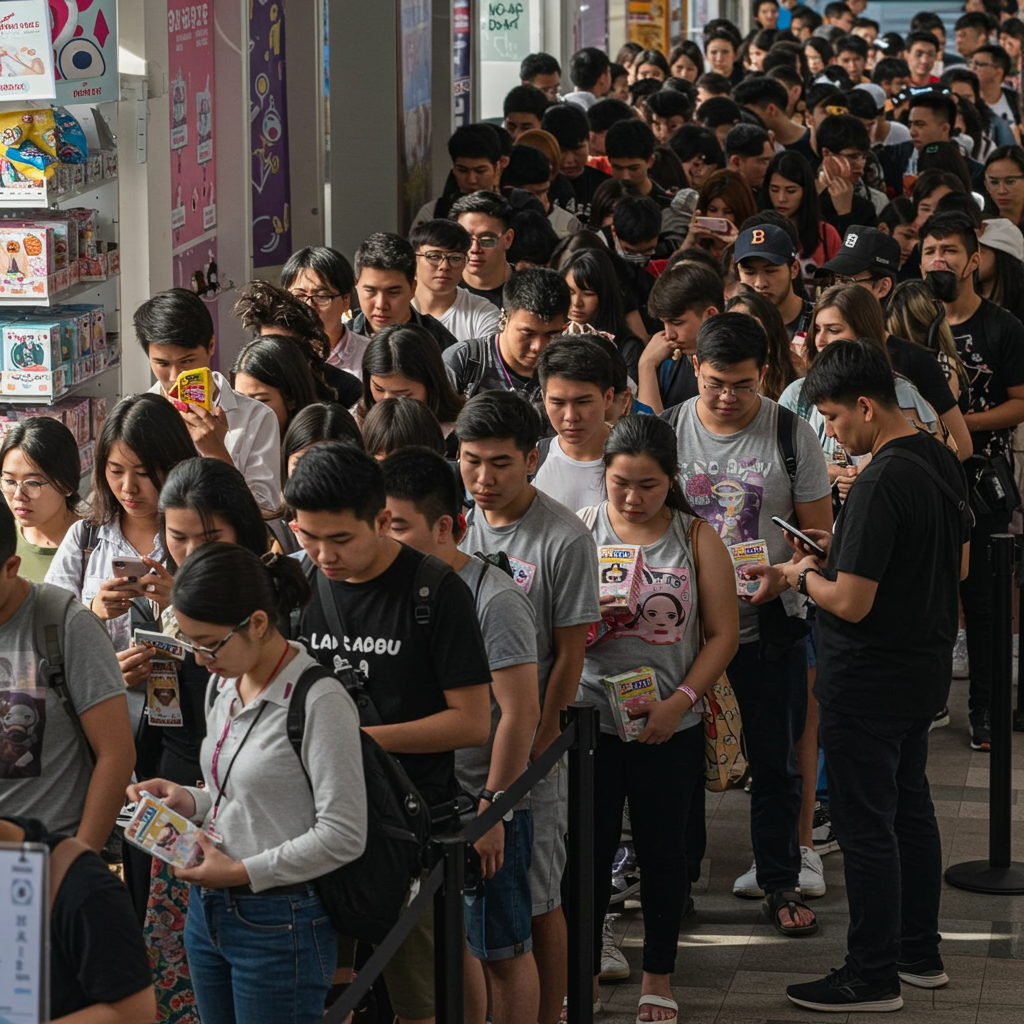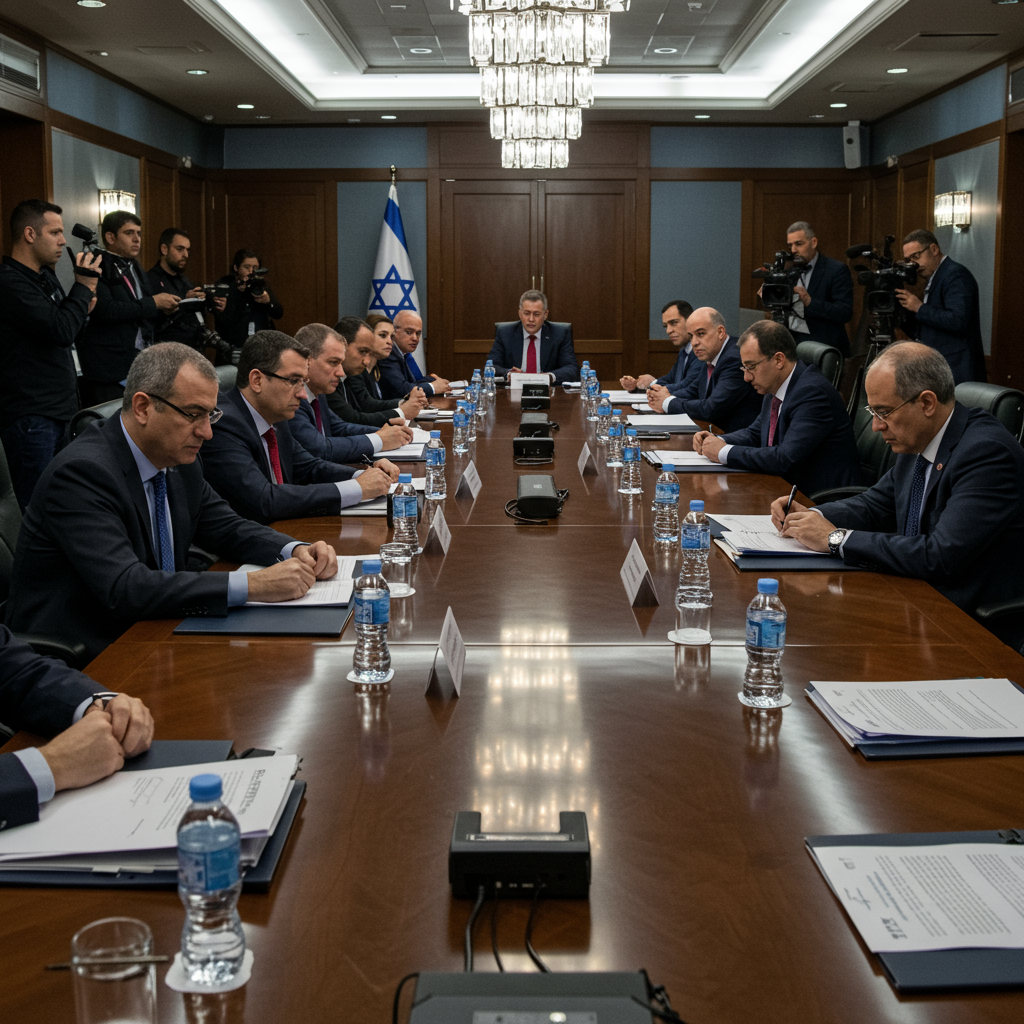As global leaders convened for the latest brics summit in Rio, all eyes turned keenly towards india‘s complex diplomatic maneuvers. Deliberations within the expanded bloc centered on pressing international issues, notably the contentious subject of US tariffs and the escalating situation in Israel and Gaza. India finds itself navigating a delicate path, balancing its own national interests and strategic partnerships while contributing to a joint declaration that reflects the diverse — and sometimes conflicting — views of the BRICS members.
Navigating the BRICS Agenda: Tariffs and the Middle East Conflict
Intense negotiations marked the initial stages of the summit as members debated the precise wording of the final declaration. Draft statements under consideration included specific proposals to address concerns over unilateral trade measures, particularly US tariffs. Simultaneously, significant attention was given to the humanitarian crisis and military actions in Gaza.
Formulating a unified stance on these issues presents a notable challenge for India. The nation is simultaneously pursuing trade agreements with the United States, operating under a specific deadline, and working to maintain its carefully calibrated relationships with both Israel and Palestine. The language ultimately adopted in the BRICS declaration on these sensitive topics was subject to considerable debate among member states.
The Tightrope Walk on US Tariffs
One of the key economic points of discussion revolved around trade protectionism, specifically tariffs imposed by the United States. While a draft statement reportedly contained language critical of such measures, there was apparent reluctance among some BRICS members to explicitly name the US or the Trump administration. India’s position is particularly complex here. New Delhi aims to secure a beneficial trade deal with the US, making a strong condemnation of US tariffs within the BRICS framework a potential diplomatic complication. The final phrasing on trade issues likely reflects a compromise designed to voice collective concern without directly jeopardizing individual members’ bilateral relations.
Diverse Views on the Israel-Gaza Situation
The conflict in the Palestinian territories, particularly Gaza, also featured prominently in BRICS discussions. A draft declaration included proposals expressing serious concern over the resumption of Israeli attacks and highlighting the obstruction of humanitarian aid access into Gaza. Language reportedly considered included condemning the use of starvation as a method of warfare, a reference to accusations made against Israel. Further proposals even suggested calling for the full withdrawal of Israeli troops from Gaza.
These points create a significant diplomatic challenge for India. While India has historically supported the Palestinian cause, its recent actions demonstrate a nuanced approach. For instance, India recently abstained from a UN General Assembly vote calling for an immediate ceasefire in Gaza. This stance differs from its position in other forums, such as its withdrawal from a Shanghai Cooperation Organisation (SCO) statement condemning Israeli attacks on Iran. The BRICS platform, however, appears to offer India slightly more flexibility in expressing solidarity with concerns regarding the humanitarian situation, even if the final declaration language remained a point of negotiation reflecting internal member differences.
India’s Broader Goals within the Expanded BRICS
BRICS, which has recently expanded its membership to include nations like Egypt, Ethiopia, UAE, Indonesia, Iran, and Saudi Arabia, serves as a crucial platform for India to advance several key aspects of its foreign policy. Beyond the immediate discussions on tariffs and the Middle East, India actively leverages the BRICS forum to push for meaningful multilateral reforms, including reforms of international financial institutions and the United Nations.
Counterterrorism remains a high priority for India within BRICS. Prime Minister Narendra Modi was expected to use his address at the summit to forcefully raise the issue of cross-border terrorism. Citing specific incidents, such as a recent attack in Pahalgam, India aims to increase international awareness and build consensus against states allegedly involved in promoting terrorism. Sustainable development goals and enhancing people-to-people exchanges are also consistent themes India champions within the BRICS framework.
The Significance of BRICS Expansion
The recent expansion of BRICS significantly alters the group’s dynamics. While increasing its demographic and economic weight (now representing a substantial portion of the world’s population and GDP), it also introduces greater heterogeneity in political, economic, and strategic interests among members. This diversity can make achieving consensus on contentious issues, like those discussed at the summit, more challenging.
Some analysts view BRICS less as a cohesive bloc with a unified positive vision and more as a collective united by a “negative agenda” – a shared skepticism or dissatisfaction with the existing US-led global order. While efforts towards financial independence, such as alternative payment systems or currency swaps, exist, the idea of challenging the dollar’s dominance or creating alternatives to institutions like the IMF faces practical hurdles due to sovereignty issues and members’ divergent economic priorities. The summit, therefore, often features elements of political symbolism alongside substantive discussions.
India’s Multilateral Diplomacy Context
India’s engagement at the BRICS summit occurs within the broader context of its active multilateral and bilateral diplomacy. Prime Minister Modi’s presence at the Rio summit followed official visits and bilateral talks with countries like Argentina and Brazil. These visits focused on deepening strategic partnerships across various sectors, including defense, agriculture, energy, and technology.
For instance, discussions during the visit to Brazil were expected to broaden the strategic partnership, with a focus on areas like trade, defense, and counterterrorism. An Memorandum of Understanding (MoU) on counterterrorism was reportedly anticipated to be signed during the State Visit segment in Brasilia. This highlights India’s multi-pronged approach: addressing counterterrorism bilaterally and regionally while also pushing it as a critical global issue within larger forums like BRICS. India’s ability to balance relationships with a wide array of global partners, including those aligned with Western powers and those challenging the existing order, underscores the complexity of its contemporary foreign policy.
Frequently Asked Questions
How does India balance its relationships with the US and Israel while participating in BRICS discussions on tariffs and the Middle East?
India faces a delicate diplomatic situation. While it seeks a trade deal with the US and maintains ties with Israel, the BRICS agenda includes criticisms of US tariffs and concerns over actions in Gaza. India navigates this by engaging in intense negotiations on the BRICS declaration language, potentially advocating for less direct condemnations on tariffs and adopting nuanced positions on Gaza, such as abstaining from certain UN votes while expressing humanitarian concerns within BRICS.
What is the BRICS position regarding US tariffs and the conflict in Israel/Gaza as discussed at the summit?
Based on draft discussions, the BRICS declaration aimed to express collective concern over unilateral tariffs like those imposed by the US, although explicitly naming the US was debated. On the Israel-Gaza conflict, proposals included expressing serious concern over the humanitarian situation, criticizing the obstruction of aid, potentially condemning the use of starvation tactics, and discussing the possibility of an Israeli troop withdrawal. The final language reflected negotiations among diverse member stances.
What are India’s main objectives and priorities within the BRICS group?
Beyond reacting to specific agenda items like tariffs and the Israel conflict, India uses the BRICS platform to pursue its broader foreign policy goals. Key priorities include advocating for reforms of global multilateral institutions (like the UN and IMF), promoting counterterrorism initiatives, advancing sustainable development goals, and fostering economic cooperation and people-to-people exchanges among member nations.
Conclusion
The BRICS summit serves as a significant arena where major emerging economies convene to discuss global challenges. For India, participation involves navigating complex diplomatic waters, particularly when the agenda touches upon sensitive issues like US trade policies and the conflict in the Middle East. While engaging in robust debate to shape the final declaration, India simultaneously leverages the BRICS platform to champion its core foreign policy objectives, including multilateral reform and counterterrorism. The negotiations surrounding the declaration on tariffs and Israel underscore the inherent diversity within the expanded BRICS bloc and highlight India’s crucial role in balancing competing global dynamics to advance its national interests on the world stage.




